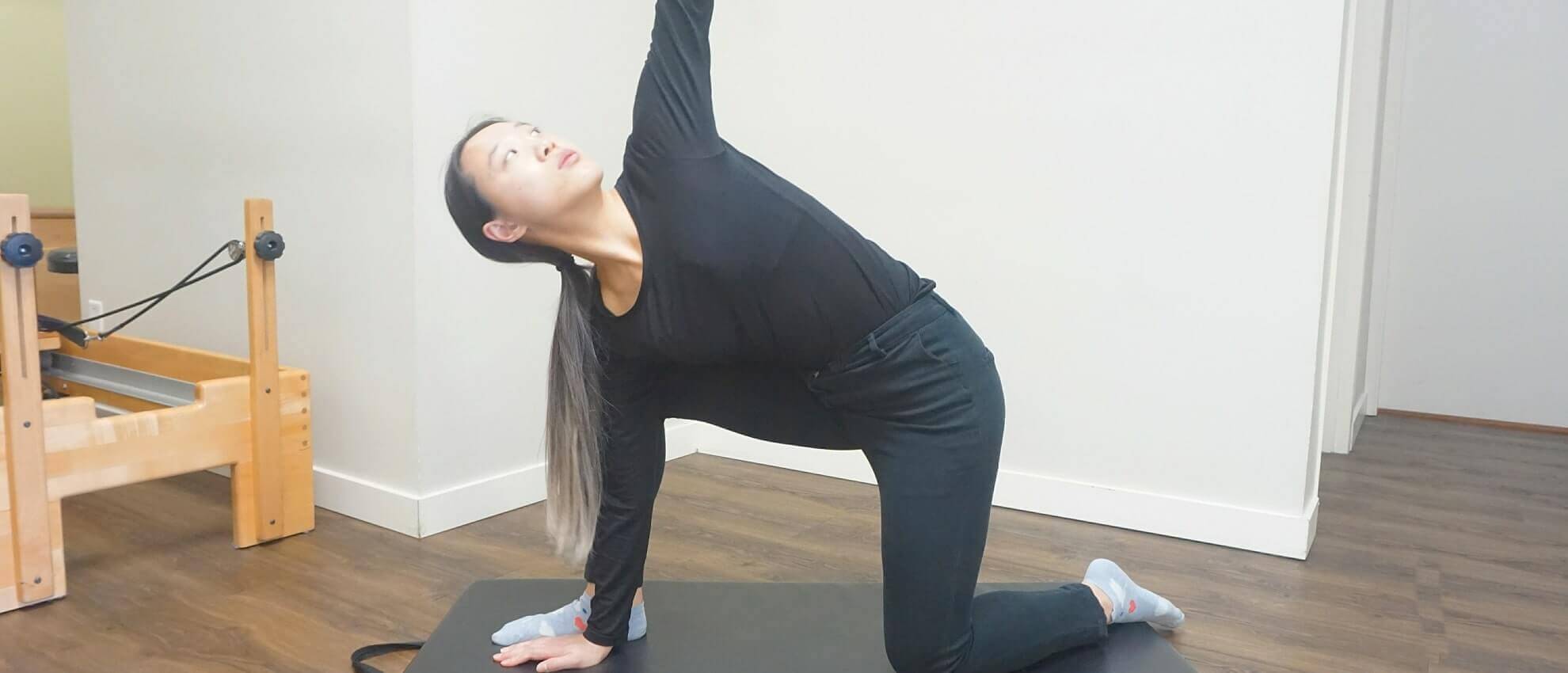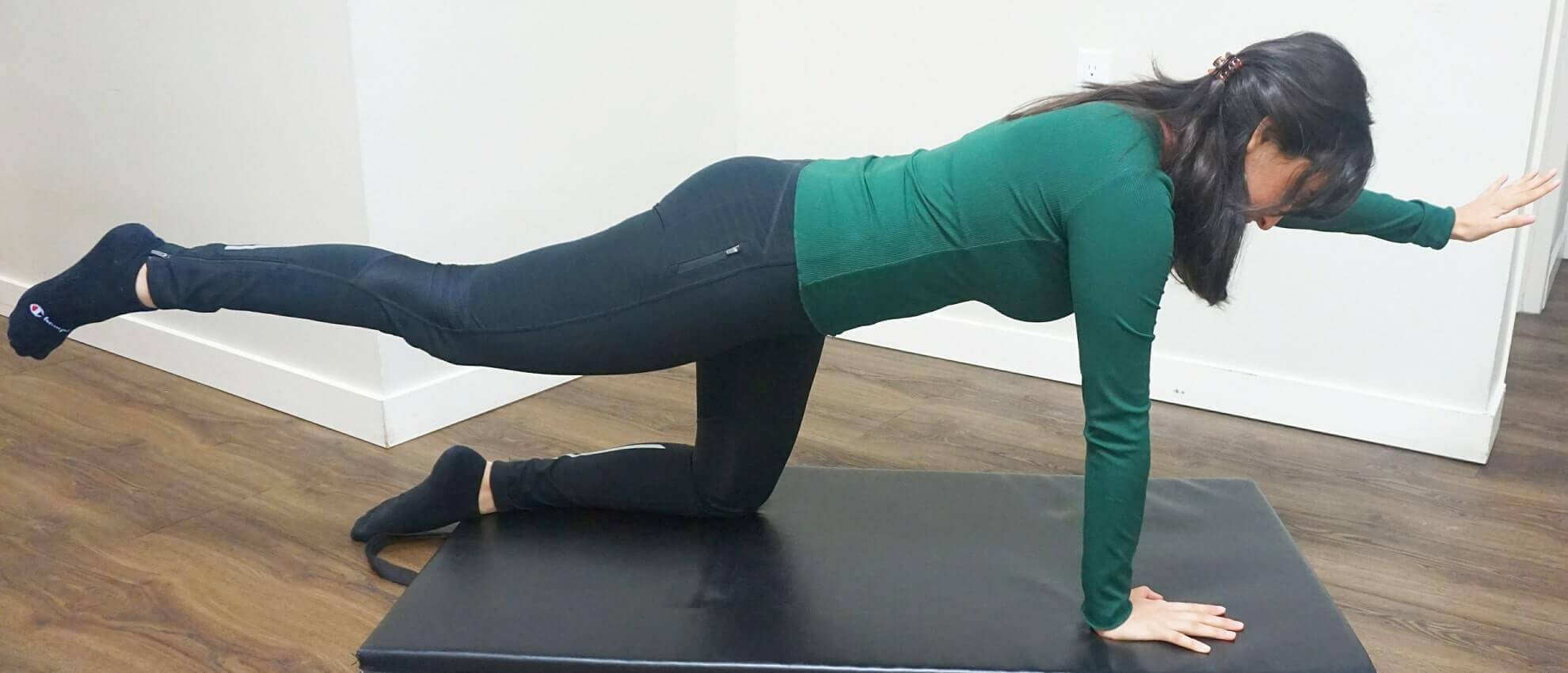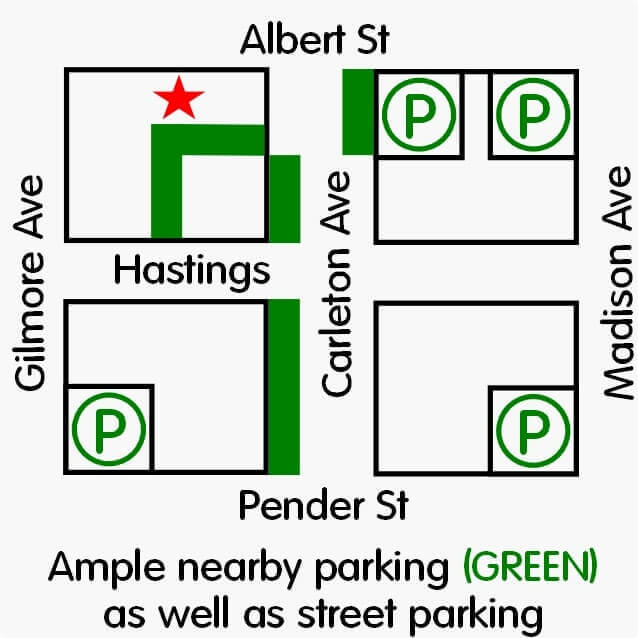Be Your Own Physiotherapist At Home In 4 Steps And Save Yourself From Pain
After a couple days, Stephanie felt good as new and was able to go back to work at the hospital.

What Does Your Physiotherapist Actually Do
Your physiotherapists are experts at keeping you moving. Your physio observes how you move and compares that to what is ideal. They then formulate a plan to help you move better and without pain.
If you have an injury, they can help ease your pain and provide treatment to help your injury recover. Once you are feeling better, your physiotherapist may increase the amount of exercise and rehab you can do.
When would you see your physiotherapist
Problems from improper posture can be helped by seeing your physio. Your physical therapist works all all different types of tissues in your body:
- bones
- joints
- ligaments
- muscles
- nerves
- tendons
If you have been in a motor vehicle or work-related accident, they can help you recover.
Physiotherapists are experts and dealing with common sporting and exercise related injuries.
What happens when you visit your physiotherapist
When you first visit your physiotherapist, they will ask you some questions to better understand what happened and why it happened.
They may use their hands, tools or machines to help ease the tension in your muscles and body, and improve your posture.
Your physio will guide you on the proper exercises to help you reduce your pains, recover and restore proper movement and function to your body.

Here Are 4 Easy Things You Can Try At Home To Be Your Own Physiotherapist
Step 1: Rest
Sometimes one of the best things to do after injuring yourself is simply to rest. We sometimes think it is a good idea to tough out the pain or to play through it.
Unless we are playing in double-overtime of game 7 in the Stanley Cup finals, it is usually a good idea to take a break if you have hurt yourself.
Of course, this does not mean stay in bed all day. Keeping active with light activities even as simple as making sure to get up from your sofa every half hour can go a long way.
Step 2: Stretch out the tightness
Ever wonder why it feels good to stretch? It is because your body is designed to move and movement brings much needed circulation and nutrients to the different parts of your body.
When you feel stiff or tight because of over use or doing something repetitive, sometimes a good stretch is all you need. When you stretch, the goal is not to feel pain but simply a comfortable pulling or stretching sensation in the muscle that has tightened up.
Ease into your stretch in a slow, controlled movement. Nothing jerky or pulsing. Aim to hold your stretch for 30 seconds and do it for 1-2 times.
Step 3: Tools you can use
If you are not able to visit your physiotherapist, there are a number of items you can use to help.
- A foam roll is a useful item to have to help work out tight muscles
- Lacrosse or tennis balls can be used to massage out knots in your muscles
- A bag of frozen peas or gel ice pack is good at reducing swelling and inflammation
- Your partner’s hands can provide some relaxing massage to sore areas
Step 4: Get stronger
Rehabilitative exercise often targets the small, specific muscles throughout your body. Many of these muscles help guide the movement of your body and protect your spine. Your shoulder rotator cuff muscles and spinal core muscles are examples little muscles with important jobs.
Your goal is to strengthening muscles that have become weak either because of an injury or lack of use over time. Imbalance between different muscle groups can also lead to improper movement patterns, eventually causing pain.
To get these muscles stronger, you can do many of the exercises simply from your own home and do not require bulky gym machines or heavy weights. Small hand held weights, water bottles or exercise bands offer enough resistance to strengthen many muscles. There are many different exercises where you can simply use the weight of your own body.
Being your own “physio”
Your physiotherapist is here to help you reach your goals and improve your health. They can answer question you may have and help guide you along your program. You play a vital role in your recovery.
When you first start care, it may seem like your physio is doing most of the work. However, the work you put into your recovery can be as and sometimes even more important in helping you succeed.
Need Some Extra Help?
If you are not sure what to do or if things are not getting better, come in to see your physiotherapist. They will help you figure out what is going and the best way to help you start getting better again:
FAQ
Q: When should I see my physiotherapist?
A: If your pain is impairing your life in some way such as trouble sleeping or moving about, seeing your physiotherapist is a good idea. Also, if your pain worsens or does not get better after 2-3 days, schedule a time to visit with your physiotherapist
Q: What if I can not get to the clinic (eg. I have to self-isolate)?
A: Telehealth or virtual physiotherapy sessions can be done online with your physiotherapist. From the comfort of your own home, your physiotherapist can guide you on strategies you can use to ease your pain.
Q: Does my insurance cover physiotherapy?
A: Most insurance plans will provide some coverage for physiotherapy treatment. Coverage varies from plan to plan. Patients will typically pay for the session fee up front. You will then receive a receipt which you can submit for reimbursement to your health plan. Also, if your injuries are the result of being in either a car accident or a work-related incident, ICBC or WorkSafeBC may provide coverage for your treatments


